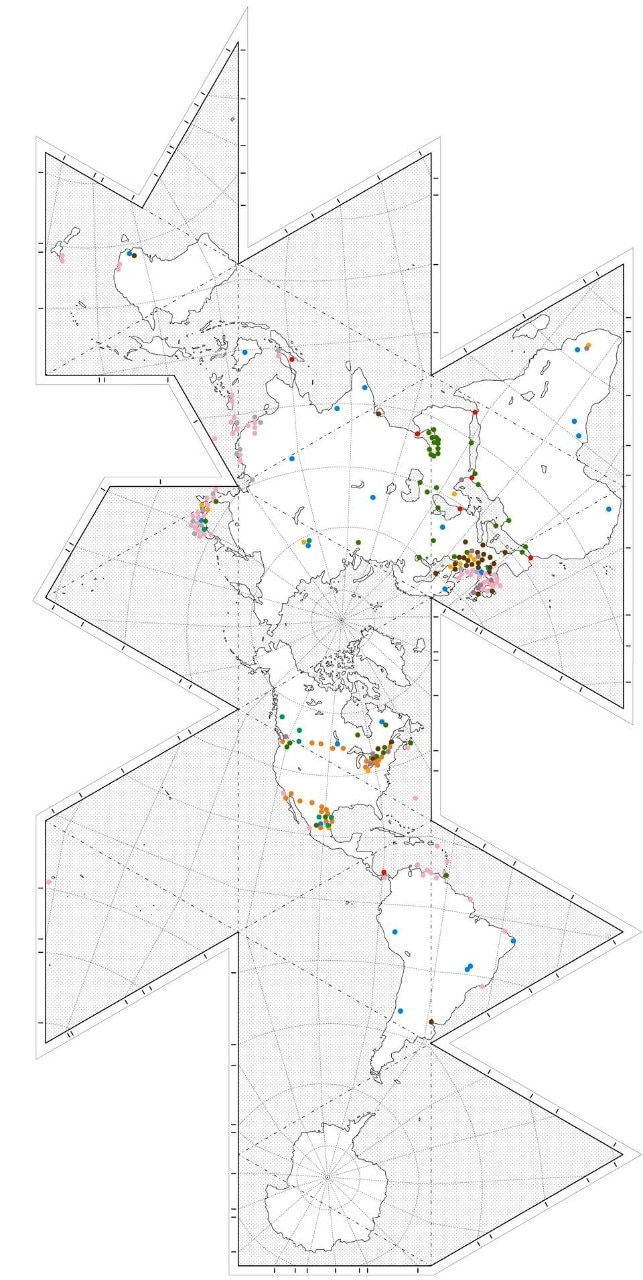The Hit List
We might say with only slight exaggeration that the United States exists in its current state of economic and military well-being due to a peripheral constellation of sites found all over the world. These far-flung locations—such as rare-earth mines, telecommunications hubs and vaccine suppliers—are like geopolitical buttresses, as important for the internal operations of the United States as its own homeland security.
However, this overseas network is neither seamless nor even necessarily identifiable as such. Rather, it is aggressively and deliberately discontiguous, and rarely acknowledged in any detail. In a sense, it is a stealth geography, unaware of its own importance and too scattered ever to be interrupted at once.
That is what made the controversial release by WikiLeaks, in December 2010, of a long list of key infrastructural sites deemed vital to the national security of the United States so interesting. The geographic constellation upon which the United States depends was suddenly laid bare, given names and locations, and exposed for all to see.

Specific locations range from the Straits of Malacca to a "battery-grade" manganese mine in Gabon, Africa, and from the Southern Cross undersea cable landing in Suva, Fiji, to a Danish manufacturer of smallpox vaccine. The list also singles out the Nadym Gas Pipeline Junction in Russia as "the most critical gas facility in the world".
The list was first assembled as a way to extend the so-called National Infrastructure Protection Plan (NIPP)—which focuses on domestic locations—with what the State Department calls its Critical Foreign Dependencies Initiative (CFDI). The CFDI, still in a nascent stage—i.e. it consists, for now, in making lists—could potentially grow to include direct funding for overseas protection of these sites, effectively absorbing them into the oblique landscape of the United States.
Of course, the fear that someone might actually use this as a check list of vulnerable targets, either for military elimination or terrorist sabotage, seemed to dominate news coverage at the time of the cable's release. While it is obvious that the cable could be taken advantage of for nefarious purposes—and that even articles such as this one only increase the likelihood of this someday occurring— it should also be clear that its release offers the public an overdue opportunity to discuss the spatial vulnerabilities of US power and the geometry of globalisation.

In identifying these outlying chinks in its armour, the United States has inadvertently made clear a spatial realisation that the concept of the nation-state has changed so rapidly that nations themselves are having trouble keeping track of their own appendages.
Seen this way, it matters less what specific sites appear in the WikiLeaks cable, and simply that these sites can be listed at all. A globally operating, planetary sovereign requires a new kind of geography: discontinuous, contingent and non-traditionally vulnerable, hidden from public view until rare leaks such as these.
Geoff Manaugh, blogger


